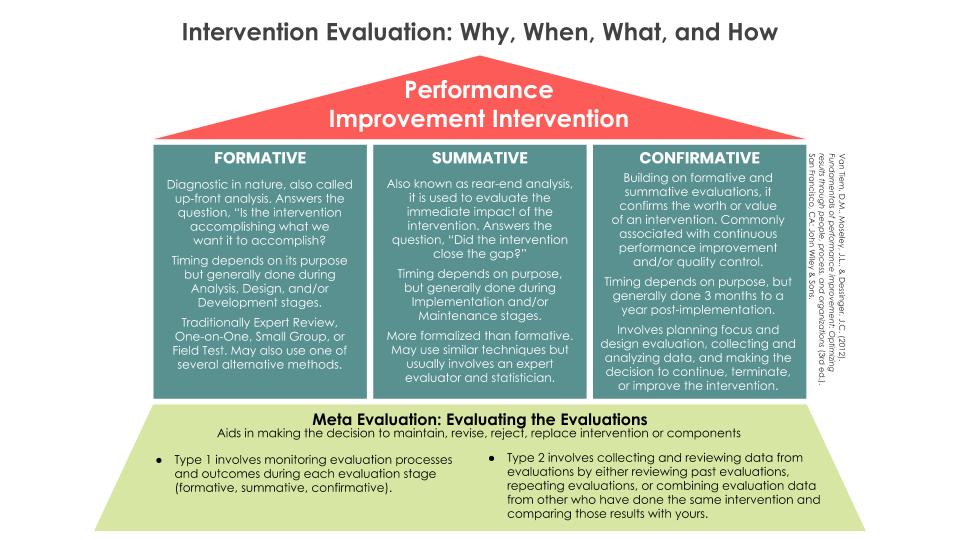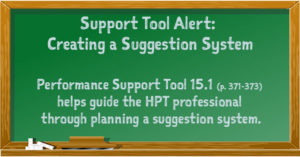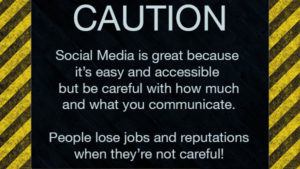2018-2020: With the Program Administrators and Coordinators Leadership Team, developed a 6-month rolling curriculum for onboarding new Program Coordinators in Graduate Medical Education (GME). Sessions cover six topic areas: Getting Started, Accreditation, GME Requirements and Processes, Onboarding/Offboarding, Recruitment, and Professional Development. Each team member is able to co-present on any given session but have specific assignments based on area of expertise.
2020-present: Because of COVID, the in-person sessions were stopped. Additionally, because we all had to learn how to do our jobs remotely and via Zoom, the onboarding curriculum was essentially put on hold. In March 2021, the GME Education Coordinator and I became Power-Users in UAB’s Campus Learning LMS (Docebo) and are working with two other members who are passionate about education to move the curriculum into a self-paced format.
The initial project was written up, submitted, and accepted as a poster presentation for the 2019 Association of Hospital Medical Education conference.
Craft J, Fleming R, Pickens T, Freiger B, Butler K, Chandler R, Chambless S, McAlister E, Millette N, Veazey M, Whitehead J. (2019). Program Coordinators Onboarding—It Takes a Village to Be Successful. Association for Hospital Medical Education 2019 AHME Institute; Savannah, GA.
Abstract. In AY 2013, a Program Administrator and Coordinator Leadership Team (PACLT) was established to provide mentoring to Program Coordinators (PC). PACLT members are experienced in GME and represent residency and fellowship programs. Members routinely present best practices at the monthly institution-wide PC meetings and meet regularly with the GME Director (GMED) to identify quality improvement activities. Through collaboration, a GME PC Manual (PCM) was developed. Recognizing that the ACGME Next Accreditation System is continuously evolving, there is need to frequently create new institution-level processes. With an average of one new PC per month, the group determined that a standardized and comprehensive program was needed to effectively prepare PC for internal and external requests.
The objective of this activity was to develop a comprehensive PC Onboarding Program (PCOP) to prepare new PC for their important role. Key components were to include: 1) monthly learning sessions (LS); 2) individualized training meetings with the GME Education Coordinator (GMEEC); 3) a listing of institutional resources; 4) a calendar of GME deadlines; and 5) opportunities for professional development.







